 This is the second part of two posts on the history of BC logging protests. Part 1 began with the observation that contemporary logging protests are but the most recent statement in a longstanding conversation. Here, in part 2, another two cases (Cathedral Grove 1929-1947 and Hollyburn Ridge 1938-1944) further identify several enduring themes. …While the characters involved changed by decade, location, and motivation, in almost all cases, the protesters lived in Victoria or Vancouver. On the whole, most people didn’t care about trees coming down somewhere, they simply didn’t want their trees to be felled. And initial complaints came from pre-existing organizations with allied goals. In time, this would shift, to see organizations created around particular protest movements.
This is the second part of two posts on the history of BC logging protests. Part 1 began with the observation that contemporary logging protests are but the most recent statement in a longstanding conversation. Here, in part 2, another two cases (Cathedral Grove 1929-1947 and Hollyburn Ridge 1938-1944) further identify several enduring themes. …While the characters involved changed by decade, location, and motivation, in almost all cases, the protesters lived in Victoria or Vancouver. On the whole, most people didn’t care about trees coming down somewhere, they simply didn’t want their trees to be felled. And initial complaints came from pre-existing organizations with allied goals. In time, this would shift, to see organizations created around particular protest movements.
There are also many differences, such as the particular motivations to prevent logging… and Indigenous voices were entirely absent in the six historical cases. …The greatest difference of all is that neither contemporary protestors nor the demands of reconciliation will be satisfied by exchanging old growth logging rights in one place for those in another. Corporate gifts to the citizens of BC, as in the Strathcona Park leases or Cathedral Grove lands, are unlikely to function as an escape hatch, as they did in the past. Because today’s protesters… will not be content to have just “their” trees remain standing. This means that… there is only one historically tested way out of the current Fairy Creek old-growth controversy: the public buyout, a taxpayer-funded scheme by which existing licensees are compensated for having their logging rights extinguished, in favour of either transfer to First Nations, or preservation. …And it is safe to assume that mitigating historical contingencies will be expensive.
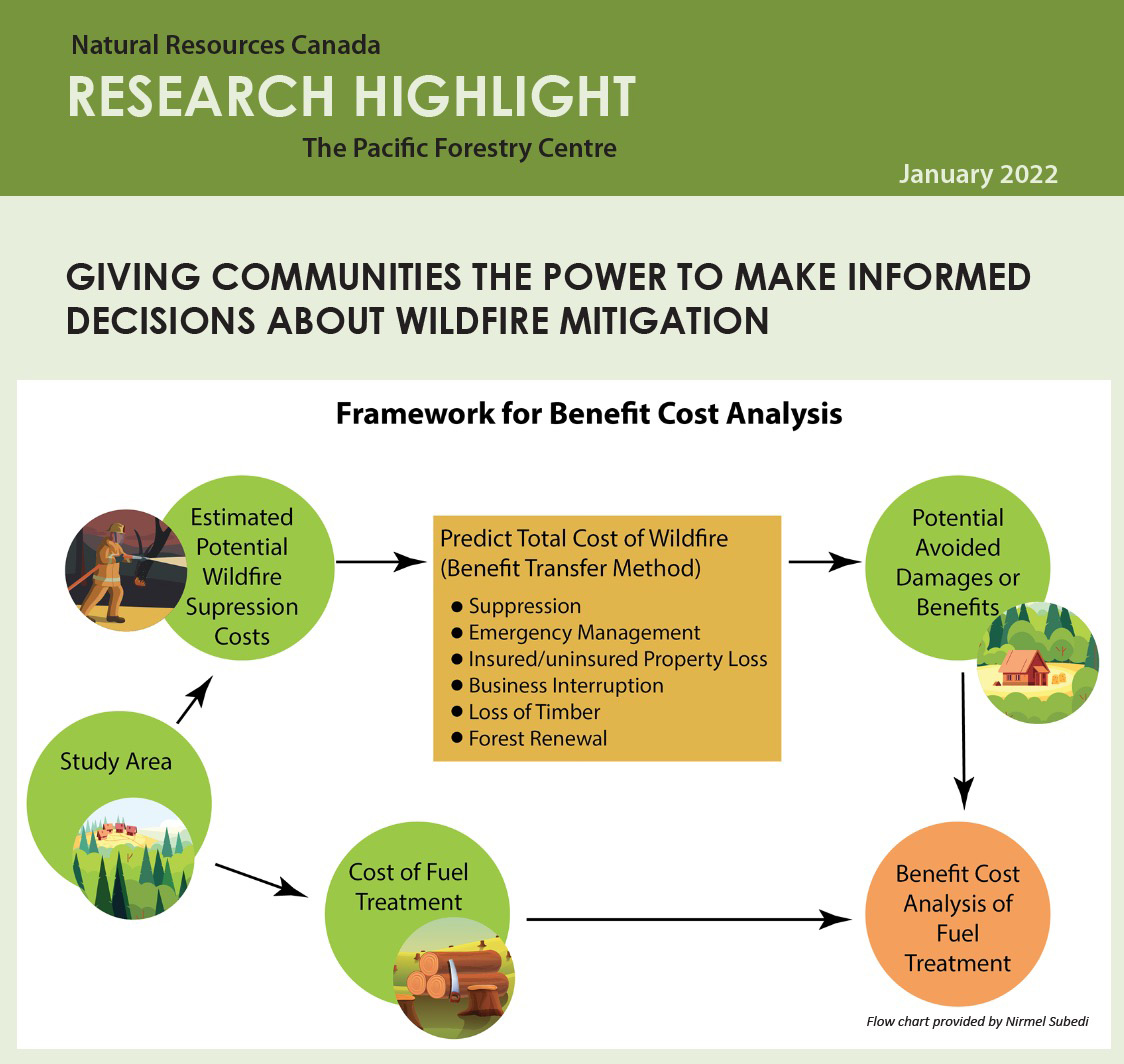 Climate change is increasing the frequency of hotter and drier weather conditions, while past successful wildfire suppression has created large swaths of fire deficit areas across Canada. At the same time, urban sprawl and out-migration is pushing more people and homes beyond city limits and into the transition zone of wildland areas [creating] a greater risk of a wildfire disaster – driving evacuations when fires strike and dramatically increasing the human and financial losses. …To better prepare for and respond to such risks, a team of research scientists at the Pacific Forestry Centre (PFC) in Victoria are evaluating wildfire mitigation options for communities in the wildland urban interface. Two researchers, Nirmal Subedi and Keldi Forbes — Wildfire Research Economists in the Forest Research Economics Group — are developing economic decision making support tools to aid in deciding when and where to implement wildfire suppression treatments crucial to the safety and viability of communities.
Climate change is increasing the frequency of hotter and drier weather conditions, while past successful wildfire suppression has created large swaths of fire deficit areas across Canada. At the same time, urban sprawl and out-migration is pushing more people and homes beyond city limits and into the transition zone of wildland areas [creating] a greater risk of a wildfire disaster – driving evacuations when fires strike and dramatically increasing the human and financial losses. …To better prepare for and respond to such risks, a team of research scientists at the Pacific Forestry Centre (PFC) in Victoria are evaluating wildfire mitigation options for communities in the wildland urban interface. Two researchers, Nirmal Subedi and Keldi Forbes — Wildfire Research Economists in the Forest Research Economics Group — are developing economic decision making support tools to aid in deciding when and where to implement wildfire suppression treatments crucial to the safety and viability of communities.


 Saskatchewan has always been a sleeping giant in terms of its contribution to the Canadian forest industry, despite its massive and mature—though seriously under-utilized—forest resource. But it seems that the giant has now finally awakened. In a flurry of press releases over the span of a week, the province announced a reallocation of its forest resource primarily located north of Saskatoon that will result in significant forest industry investment. It includes a huge sawmill expansion by Dunkley Lumber in Carrot River, Carrier Forest Products ramping up production in Big River, a OSB plant for Prince Albert by new business venture, One Sky Forest Products, and the re-opening of the geographically iconic pulp mill located north of Prince Albert, now owned by Paper Excellence. All told, it will result in over $1 billion in new investment over two years.
Saskatchewan has always been a sleeping giant in terms of its contribution to the Canadian forest industry, despite its massive and mature—though seriously under-utilized—forest resource. But it seems that the giant has now finally awakened. In a flurry of press releases over the span of a week, the province announced a reallocation of its forest resource primarily located north of Saskatoon that will result in significant forest industry investment. It includes a huge sawmill expansion by Dunkley Lumber in Carrot River, Carrier Forest Products ramping up production in Big River, a OSB plant for Prince Albert by new business venture, One Sky Forest Products, and the re-opening of the geographically iconic pulp mill located north of Prince Albert, now owned by Paper Excellence. All told, it will result in over $1 billion in new investment over two years.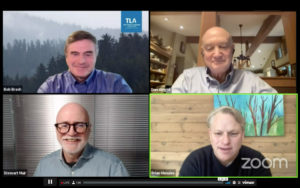

 Kicking off Day 2 of the TLA’s panels on the BC government’s efforts to modernize forest policy was David Muter, ADM, Resource Stewardship Division, BC Ministry of Forests. …According to Muter, “putting a temporary pause in place on priority old growth areas provides the time and space to better understand what old growth we have left and how best to manage it.” Although the Technical Committee operated independent of government, Muter noted that “Ministry experts worked closely with the committee so as to understand the basis of their technical work and its credibility.” With respect to how the government’s commitment to First Nations is progressing, Muter said that, “some Nations feel confident in their current management regime (usually because of their deep partnerships with industry) and said they may not need deferrals. Some Nations said they need more time and others see the need for deferrals and want to proceed.”
Kicking off Day 2 of the TLA’s panels on the BC government’s efforts to modernize forest policy was David Muter, ADM, Resource Stewardship Division, BC Ministry of Forests. …According to Muter, “putting a temporary pause in place on priority old growth areas provides the time and space to better understand what old growth we have left and how best to manage it.” Although the Technical Committee operated independent of government, Muter noted that “Ministry experts worked closely with the committee so as to understand the basis of their technical work and its credibility.” With respect to how the government’s commitment to First Nations is progressing, Muter said that, “some Nations feel confident in their current management regime (usually because of their deep partnerships with industry) and said they may not need deferrals. Some Nations said they need more time and others see the need for deferrals and want to proceed.”



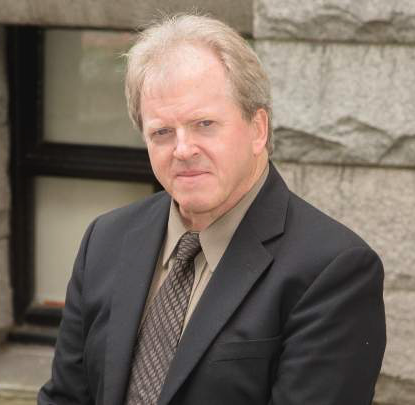
 Following two days of intense meetings, the Truck Loggers Association of BC has embarked on a process to find solutions to move the province’s forest sector forward, ensuring ongoing prosperity for workers and communities. Delegates and members raised grave concerns regarding the provincial government’s recent decision to defer 2.6 million hectares of old growth and passing of legislation giving the NDP cabinet sweeping authority to redistribute tenures and unilaterally determine compensation rights of those affected. They also heard how the current path will make the sector “un-investible”. “The TLA will be working collaboratively with those in the BC forest sector to seek possible solutions and find common ground that a majority of British Columbians can endorse as a reasonable path to success. It will also mean having the difficult conversations with those fundamentally opposed to the forest sector, if they choose to truly engage,” stated Bob Brash, TLA Executive Director.
Following two days of intense meetings, the Truck Loggers Association of BC has embarked on a process to find solutions to move the province’s forest sector forward, ensuring ongoing prosperity for workers and communities. Delegates and members raised grave concerns regarding the provincial government’s recent decision to defer 2.6 million hectares of old growth and passing of legislation giving the NDP cabinet sweeping authority to redistribute tenures and unilaterally determine compensation rights of those affected. They also heard how the current path will make the sector “un-investible”. “The TLA will be working collaboratively with those in the BC forest sector to seek possible solutions and find common ground that a majority of British Columbians can endorse as a reasonable path to success. It will also mean having the difficult conversations with those fundamentally opposed to the forest sector, if they choose to truly engage,” stated Bob Brash, TLA Executive Director.
 B.C.’s forest industry is “becoming un-investable” as new restrictions on old-growth logging and a shift to direct government control of Crown lands take hold under sweeping reforms brought in by Premier John Horgan’s… said Paul Quinn, at RBC Dominion Securities. …Russ Taylor warned that B.C.’s value added manufacturing has recovered from an earlier decline. But new restrictions on cedar and other old-growth timber mean reduced opportunities in a value-added business that has marginal returns. “The vast majority of value added is dependent on old growth,” Taylor said. He described the province’s focus on mass timber technology as “the flavour of the month,” estimating that lumber for that market can only support a couple of sawmills. …Quinn said public companies he works with are already working effectively with Indigenous partners, but they are continuing to pay stumpage to the province while sharing revenues with first nations. He called for the B.C. government to get on with transferring Crown timber revenue to Indigenous title holders.
B.C.’s forest industry is “becoming un-investable” as new restrictions on old-growth logging and a shift to direct government control of Crown lands take hold under sweeping reforms brought in by Premier John Horgan’s… said Paul Quinn, at RBC Dominion Securities. …Russ Taylor warned that B.C.’s value added manufacturing has recovered from an earlier decline. But new restrictions on cedar and other old-growth timber mean reduced opportunities in a value-added business that has marginal returns. “The vast majority of value added is dependent on old growth,” Taylor said. He described the province’s focus on mass timber technology as “the flavour of the month,” estimating that lumber for that market can only support a couple of sawmills. …Quinn said public companies he works with are already working effectively with Indigenous partners, but they are continuing to pay stumpage to the province while sharing revenues with first nations. He called for the B.C. government to get on with transferring Crown timber revenue to Indigenous title holders.
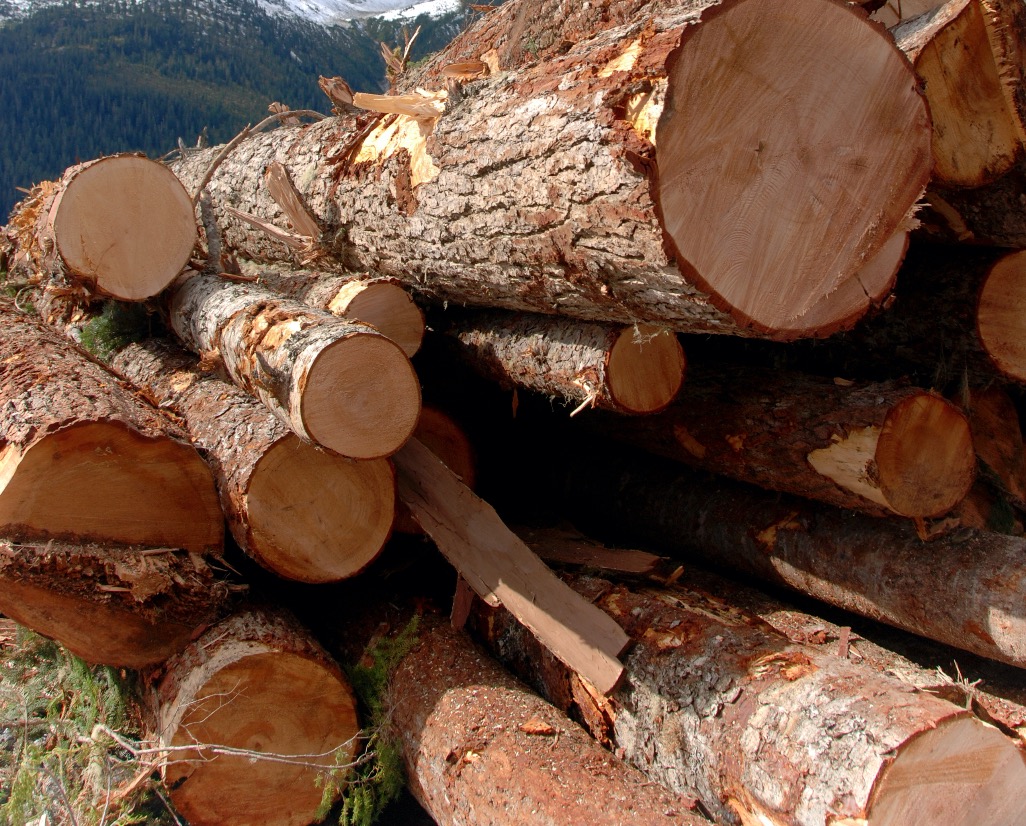 A Terrace church group is calling on the provincial government to rethink its forestry practices and “radical policies” and invest in sustainable options. The Social Justice Working Group, an extension of the Knox United Church in Terrace is concerned about the province issuing permits to clear-cut primary forests to produce wood pellets for export. In a letter … the group has cited the province’s actions to be far from its commitment to renewable green economy. “Given the speed, extent and acceleration of climate-generated destruction, stopping pellet production from primary, intact forests is another example of radical policy shift we need to make regarding acceptable use of our public forests.” The group is calling on the province to implement full legal protection for all remaining primary and old growth forests, particularly the productive accessible forests that are currently being targeted by industry.
A Terrace church group is calling on the provincial government to rethink its forestry practices and “radical policies” and invest in sustainable options. The Social Justice Working Group, an extension of the Knox United Church in Terrace is concerned about the province issuing permits to clear-cut primary forests to produce wood pellets for export. In a letter … the group has cited the province’s actions to be far from its commitment to renewable green economy. “Given the speed, extent and acceleration of climate-generated destruction, stopping pellet production from primary, intact forests is another example of radical policy shift we need to make regarding acceptable use of our public forests.” The group is calling on the province to implement full legal protection for all remaining primary and old growth forests, particularly the productive accessible forests that are currently being targeted by industry.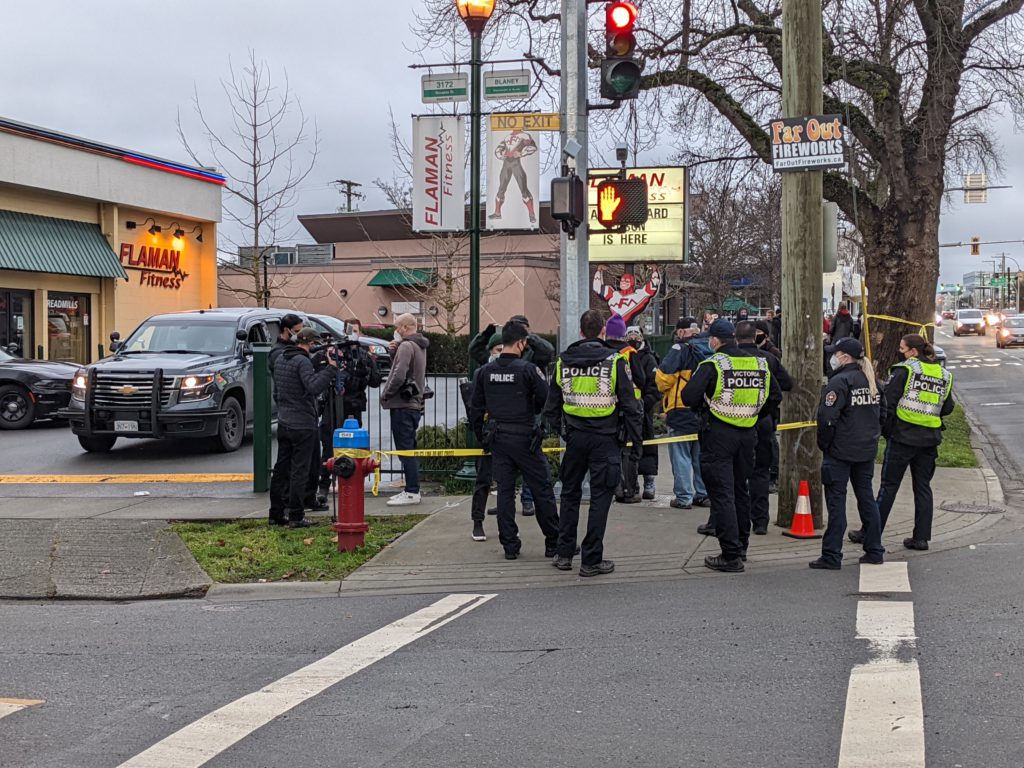
 PRINCE GEORGE – The 19th annual BC Natural Resources Forum kicked off once again, albeit virtually. The theme to Day One looked at some of the challenges facing future investment and some of the biggest challenges facing all of the sectors. …The CEO of the Council of Forest Industries echoed that sentiment, saying that uncertainty around permitting is driving investment out of the province, as is the sudden change in policy. “What would really help is having a balanced approach to forest policy modernization that’s underway here,” says Susan Yurkovich. “We need a fact-based approach and it’s only going to be informed with good science and traditional knowledge and making sure we have an inclusive process. Which means having everyone at the table.” Another challenge facing all facets of the resource sector is labour.
PRINCE GEORGE – The 19th annual BC Natural Resources Forum kicked off once again, albeit virtually. The theme to Day One looked at some of the challenges facing future investment and some of the biggest challenges facing all of the sectors. …The CEO of the Council of Forest Industries echoed that sentiment, saying that uncertainty around permitting is driving investment out of the province, as is the sudden change in policy. “What would really help is having a balanced approach to forest policy modernization that’s underway here,” says Susan Yurkovich. “We need a fact-based approach and it’s only going to be informed with good science and traditional knowledge and making sure we have an inclusive process. Which means having everyone at the table.” Another challenge facing all facets of the resource sector is labour. 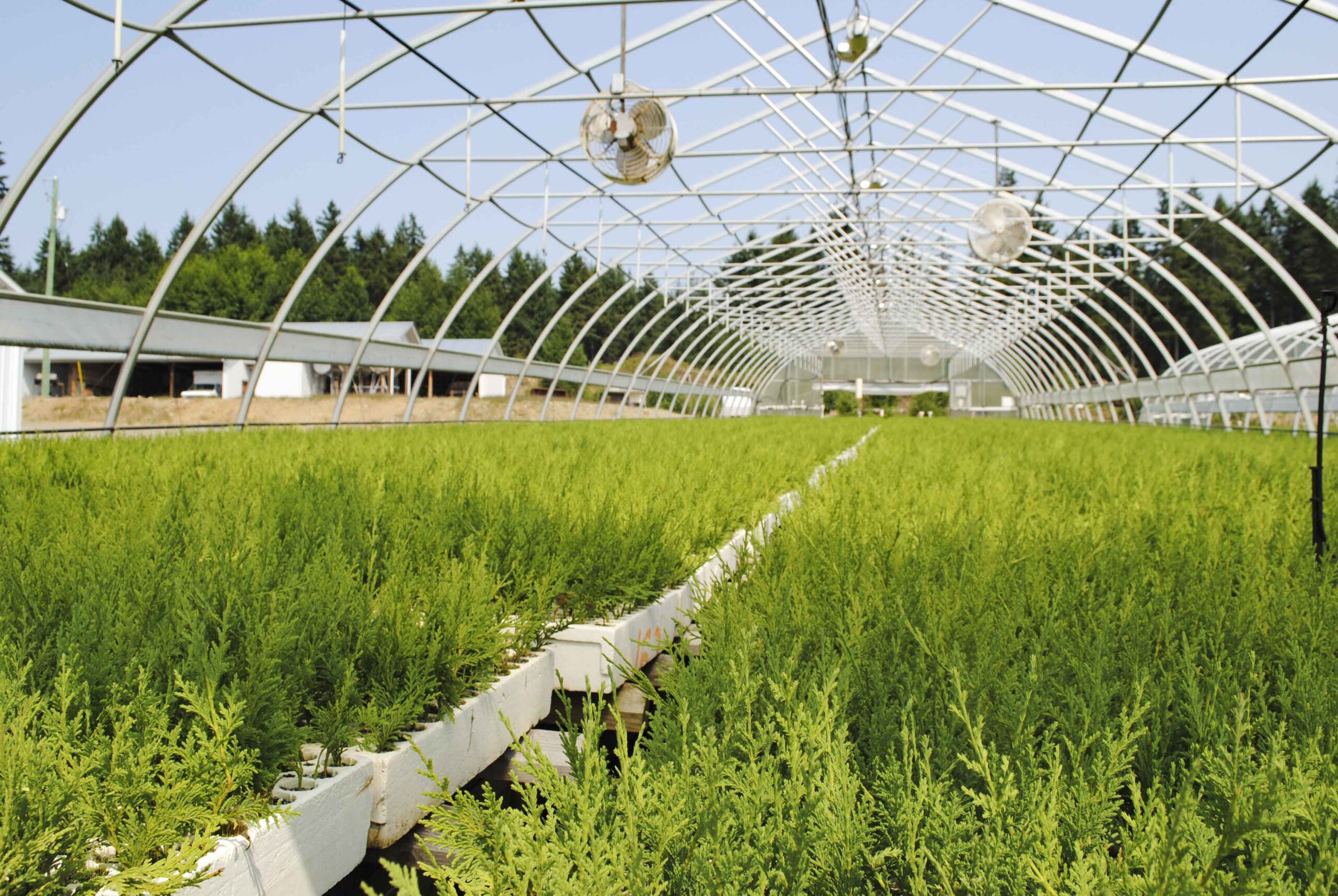 Climate change threatens the social, ecological, and economic benefits enjoyed by forest-dependent communities worldwide. Climate-adaptive forest management strategies such as genomics-based assisted migration (AM) may help protect many of these threatened benefits. However, such novel technological interventions in complex social–ecological systems will generate new risks, benefits, and uncertainties that interact with diverse forest values and preexisting risks. Using focus group data from BC, we show that different stakeholders… emphasize different kinds of risks and uncertainties in judging the appropriateness of AM. We show the difficulty of climate-adaptive decisions in complex social–ecological systems…. These results are further evidence of the inherent risk in privileging natural science above other forms of knowledge at the science–policy interface. When decisions are framed as technical, the normative and ethical considerations that define our fundamental goals are made invisible.
Climate change threatens the social, ecological, and economic benefits enjoyed by forest-dependent communities worldwide. Climate-adaptive forest management strategies such as genomics-based assisted migration (AM) may help protect many of these threatened benefits. However, such novel technological interventions in complex social–ecological systems will generate new risks, benefits, and uncertainties that interact with diverse forest values and preexisting risks. Using focus group data from BC, we show that different stakeholders… emphasize different kinds of risks and uncertainties in judging the appropriateness of AM. We show the difficulty of climate-adaptive decisions in complex social–ecological systems…. These results are further evidence of the inherent risk in privileging natural science above other forms of knowledge at the science–policy interface. When decisions are framed as technical, the normative and ethical considerations that define our fundamental goals are made invisible.

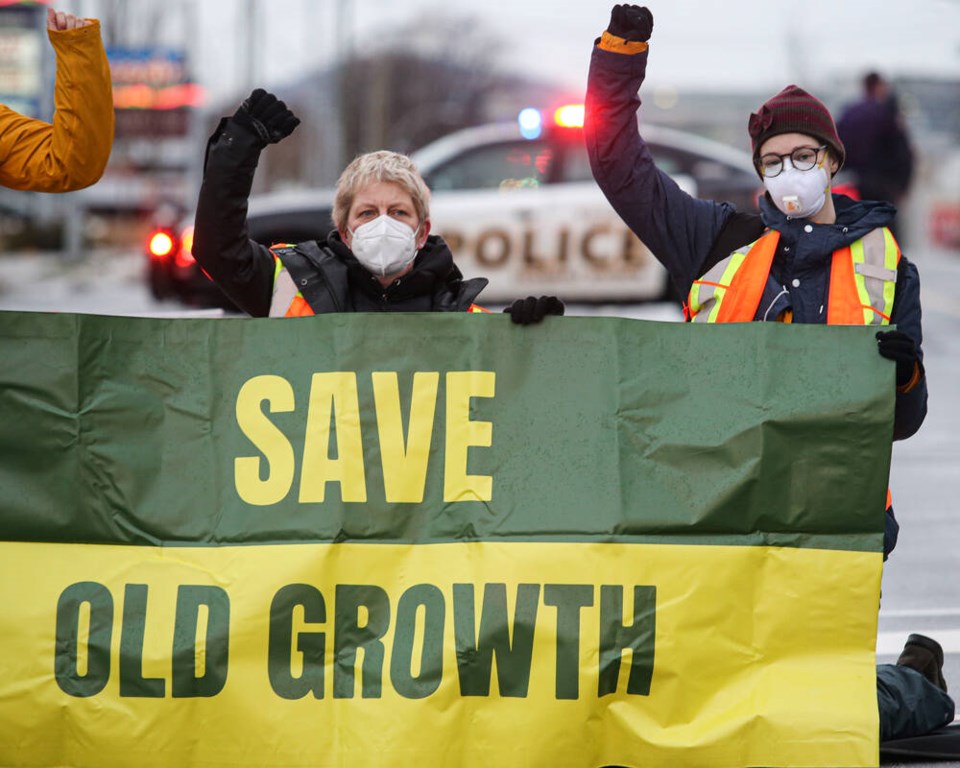
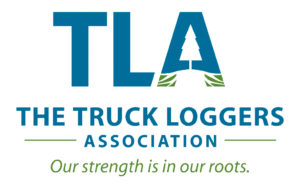 I read with interest, an article appearing in the December 31 edition of thenelsondaily.com (
I read with interest, an article appearing in the December 31 edition of thenelsondaily.com (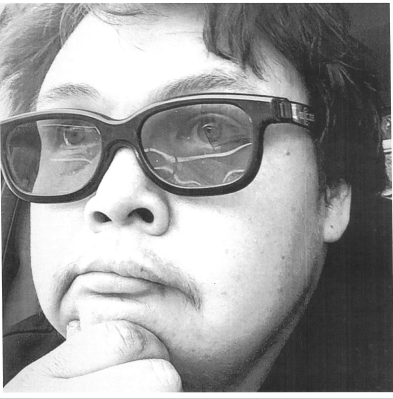
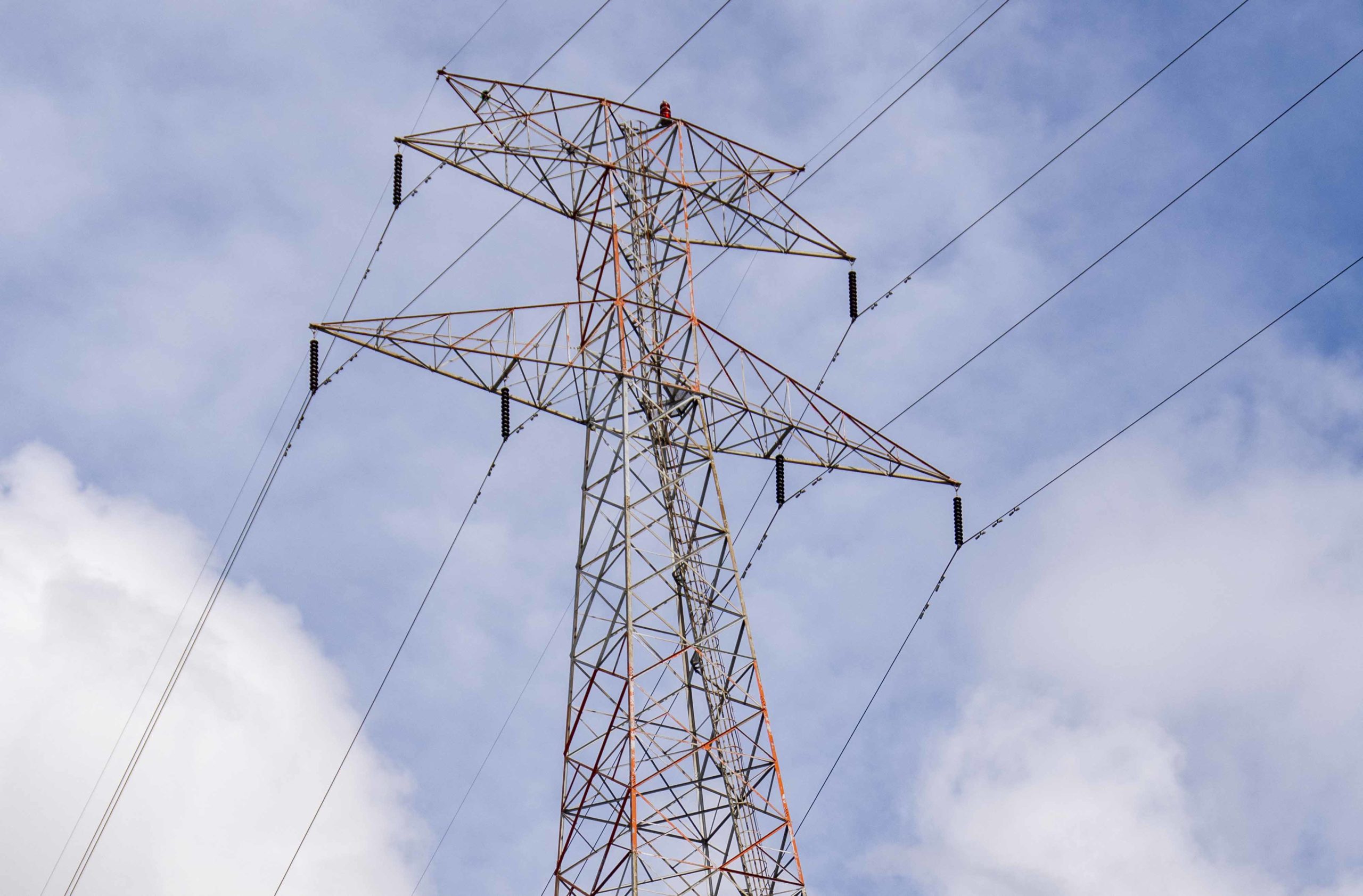 The Alberta Forest Products Association is warning Albertans that soaring energy prices are soon coming. “We see this as an issue that scares us,” said Brock Mulligan, AFPA senior vice president, at the High Prairie town council meeting. He asked council to consider supporting the forest industry to “push back” against the Alberta Electric System Operator’s proposal to redesign their tariff. Costs would increase 40 per cent for the forest industry, said Mulligan. The result is lumber companies are generating their own power to save money. With less power drawn from the grid because of this, all consumers – industrial or residential – will pay more. Mulligan disputes the claim that the redesign will save residential customers money. “The average household would see less than $1 a month in savings,” said Mulligan. “Meanwhile, large industrial consumers [such as forest companies] would see substantially higher transmission rates.”
The Alberta Forest Products Association is warning Albertans that soaring energy prices are soon coming. “We see this as an issue that scares us,” said Brock Mulligan, AFPA senior vice president, at the High Prairie town council meeting. He asked council to consider supporting the forest industry to “push back” against the Alberta Electric System Operator’s proposal to redesign their tariff. Costs would increase 40 per cent for the forest industry, said Mulligan. The result is lumber companies are generating their own power to save money. With less power drawn from the grid because of this, all consumers – industrial or residential – will pay more. Mulligan disputes the claim that the redesign will save residential customers money. “The average household would see less than $1 a month in savings,” said Mulligan. “Meanwhile, large industrial consumers [such as forest companies] would see substantially higher transmission rates.”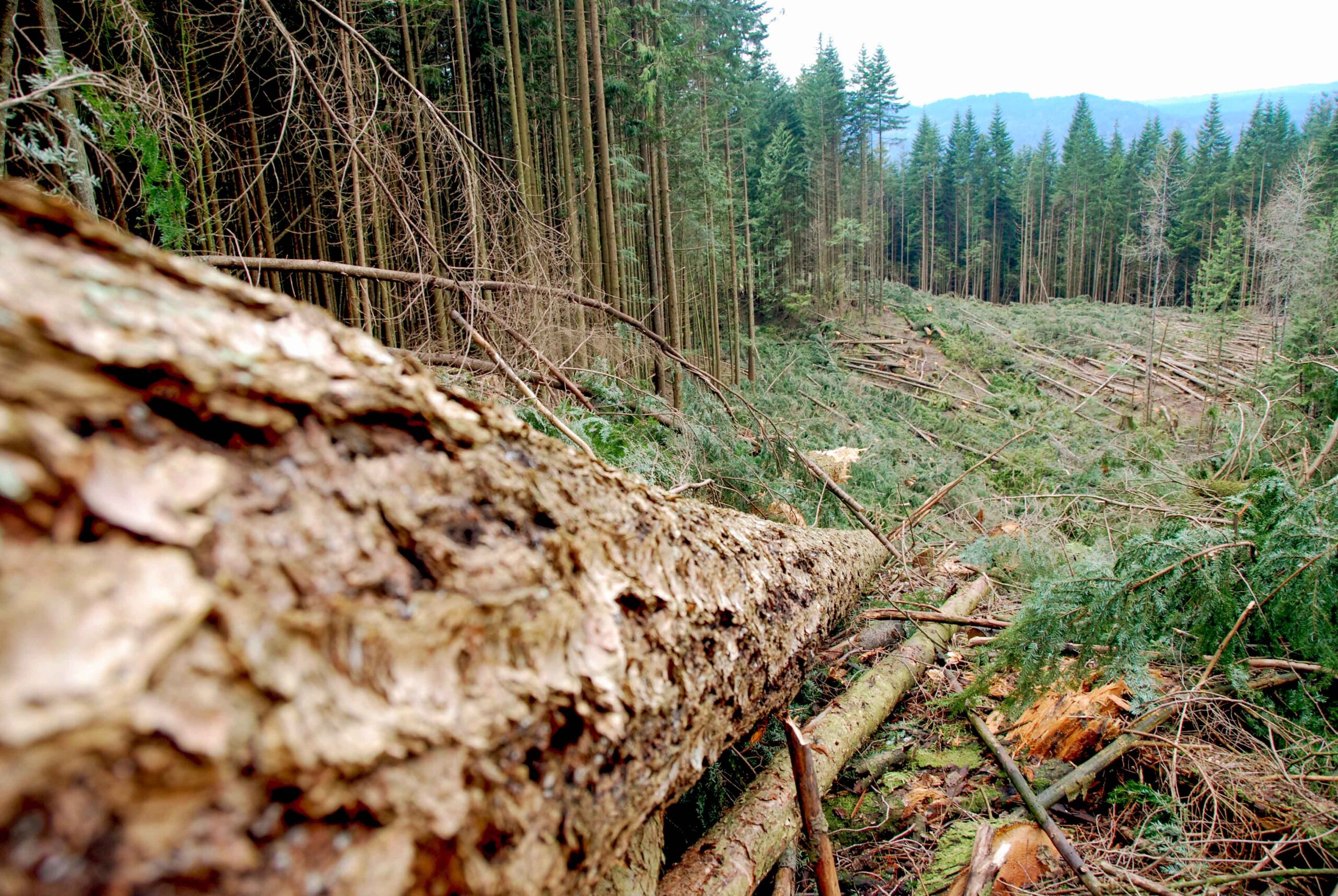 Over the past two years, the Ashcroft Indian Band has been pressing the British Columbia government to overhaul the province’s forestry policies, saying the current system doesn’t reflect the government’s commitment to reconciliation with Indigenous peoples or its legal obligations to them. …The effort is part of a province-wide push by First Nations to gain more influence over an industry that has shaped settlement and trade in B.C. for more than a century and remains a significant economic force. …In theory, the stage is set for First Nations to assume a major role. …The First Nations Forestry Council, an advocacy group focused on forest policy, has said the recent [government] changes are at odds with reconciliation commitments and with B.C.’s Declaration on the Rights of Indigenous Peoples Act. The group has called for a “reset.” …The provincial government’s revised legislation does not address revenue-sharing, FNFC executive director Charlene Higgins said. [We respect the copyrights of the source publication – full access may require a Globe and Mail subscription]
Over the past two years, the Ashcroft Indian Band has been pressing the British Columbia government to overhaul the province’s forestry policies, saying the current system doesn’t reflect the government’s commitment to reconciliation with Indigenous peoples or its legal obligations to them. …The effort is part of a province-wide push by First Nations to gain more influence over an industry that has shaped settlement and trade in B.C. for more than a century and remains a significant economic force. …In theory, the stage is set for First Nations to assume a major role. …The First Nations Forestry Council, an advocacy group focused on forest policy, has said the recent [government] changes are at odds with reconciliation commitments and with B.C.’s Declaration on the Rights of Indigenous Peoples Act. The group has called for a “reset.” …The provincial government’s revised legislation does not address revenue-sharing, FNFC executive director Charlene Higgins said. [We respect the copyrights of the source publication – full access may require a Globe and Mail subscription] Anti-old-growth-logging protesters have vacated one of their last remaining camps leading to the Fairy Creek Watershed. …The group also says the snow makes their roadside campsite dangerous so…they’re pulling out of one of their last remaining camps at least for the short term. “There’s no logging happening right now. Mother nature has her own blockade with the snow so we have an Indigenous-led occupation on their own territory and they’ll stay and keep watch for spring or for next actions with industry and we’ll just be waiting,” said Shawna Knight from the Rainforest Flying Squad. …“We won’t be going away. We’re simply attending to our safety at other places and we will be patrolling and checking all the access points to the territory,” said Bill Jones, a Pacheedaht elder. …The protesters say some of their members are now involved in protests on Wet’suwet’en territory while others will take a much-needed break.
Anti-old-growth-logging protesters have vacated one of their last remaining camps leading to the Fairy Creek Watershed. …The group also says the snow makes their roadside campsite dangerous so…they’re pulling out of one of their last remaining camps at least for the short term. “There’s no logging happening right now. Mother nature has her own blockade with the snow so we have an Indigenous-led occupation on their own territory and they’ll stay and keep watch for spring or for next actions with industry and we’ll just be waiting,” said Shawna Knight from the Rainforest Flying Squad. …“We won’t be going away. We’re simply attending to our safety at other places and we will be patrolling and checking all the access points to the territory,” said Bill Jones, a Pacheedaht elder. …The protesters say some of their members are now involved in protests on Wet’suwet’en territory while others will take a much-needed break.
 A Nanaimo family that has worked their lives in forestry is warning there will be serious impacts if the government stops all old-growth logging. Lifetime Nanaimo resident Tim Dorman grew up in a logging family. He and his siblings spent their lives in the industry now they own numerous forestry companies that depend on old-growth logging, employing more than 200 people. But they’re facing an uncertain future after the B.C. government deferred a large section of old-growth logging in November. “It’s going to cause everybody that’s worked hard all their life, their assets are going to crash in price and people are going to be out of really good-paying jobs,” said Dorman. …Dorman says every time the loggers and B.C. government have made agreements protecting old-growth, anti-loggers change the goalposts. “They’re never going to give up. They just want us to stop logging,” said Dorman.
A Nanaimo family that has worked their lives in forestry is warning there will be serious impacts if the government stops all old-growth logging. Lifetime Nanaimo resident Tim Dorman grew up in a logging family. He and his siblings spent their lives in the industry now they own numerous forestry companies that depend on old-growth logging, employing more than 200 people. But they’re facing an uncertain future after the B.C. government deferred a large section of old-growth logging in November. “It’s going to cause everybody that’s worked hard all their life, their assets are going to crash in price and people are going to be out of really good-paying jobs,” said Dorman. …Dorman says every time the loggers and B.C. government have made agreements protecting old-growth, anti-loggers change the goalposts. “They’re never going to give up. They just want us to stop logging,” said Dorman. 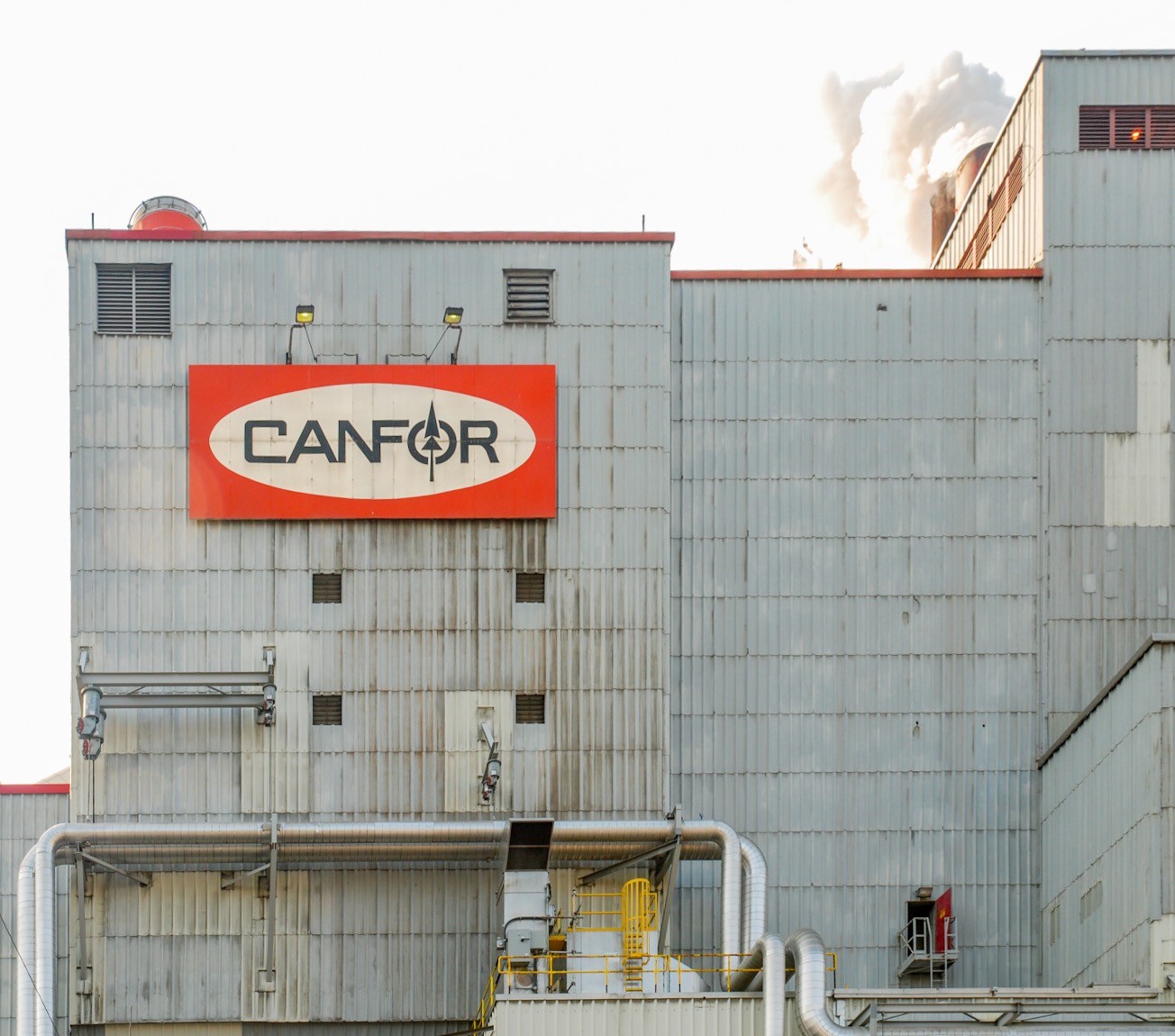 Geoscience BC traditionally has done geological science for the benefit of mineral exploration and natural gas sectors in B.C. …That is just one decarbonisation and clean energy projects highlighted Tuesday at the annual BC Natural Resources Forum during a session called Pathways to Decarbonisation. …Another example is a biocrude project involving — of all things — a forestry company. Last year, Canfor Corp. partnered with Australia’s Licella Fibre Fuels Pty Ltd. and Royal Dutch Shell – through its Shell Catalysts and Technologies – to form a new joint venture, Arbios Biotech, that will use wood waste to produce “biocrude” at a Canfor pulp and paper mill in Prince George. The biofuel is expected to be used by Shell at its oil upgraders. “In time, we envision opportunities to produce specialty chemicals and biomaterials,” said Ben Goodier, head of bio-innovation for Canfor.
Geoscience BC traditionally has done geological science for the benefit of mineral exploration and natural gas sectors in B.C. …That is just one decarbonisation and clean energy projects highlighted Tuesday at the annual BC Natural Resources Forum during a session called Pathways to Decarbonisation. …Another example is a biocrude project involving — of all things — a forestry company. Last year, Canfor Corp. partnered with Australia’s Licella Fibre Fuels Pty Ltd. and Royal Dutch Shell – through its Shell Catalysts and Technologies – to form a new joint venture, Arbios Biotech, that will use wood waste to produce “biocrude” at a Canfor pulp and paper mill in Prince George. The biofuel is expected to be used by Shell at its oil upgraders. “In time, we envision opportunities to produce specialty chemicals and biomaterials,” said Ben Goodier, head of bio-innovation for Canfor.

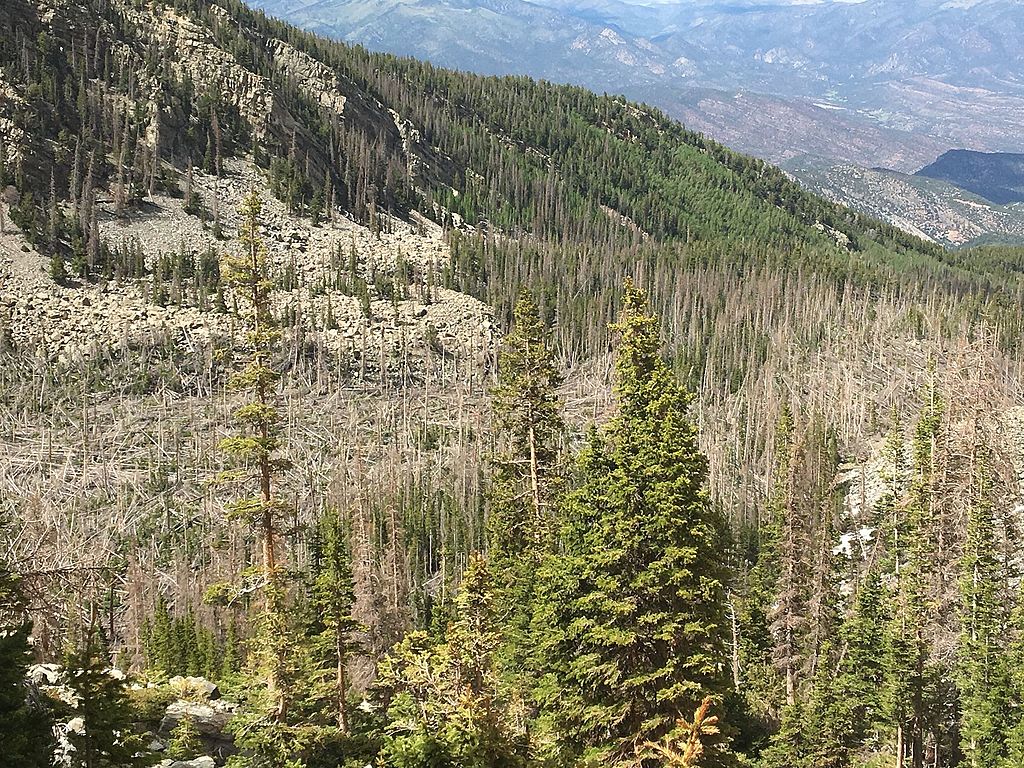
 Six Indigenous communities in the North will join the clean-energy sector with local projects following support from the Province. The Province is partnering with Indigenous communities throughout B.C. to work toward a low-carbon future by providing funding from the First Nations Clean Energy Business Fund. The fund helps develop clean-energy projects driven and owned by Indigenous communities in areas such as solar, ocean thermal, wind energy, biomass, run-of-river hydroelectric power, energy-efficiency planning and other clean energy-related areas. A key goal of the fund is to increase the participation of Indigenous communities in B.C.’s clean-energy sector.
Six Indigenous communities in the North will join the clean-energy sector with local projects following support from the Province. The Province is partnering with Indigenous communities throughout B.C. to work toward a low-carbon future by providing funding from the First Nations Clean Energy Business Fund. The fund helps develop clean-energy projects driven and owned by Indigenous communities in areas such as solar, ocean thermal, wind energy, biomass, run-of-river hydroelectric power, energy-efficiency planning and other clean energy-related areas. A key goal of the fund is to increase the participation of Indigenous communities in B.C.’s clean-energy sector.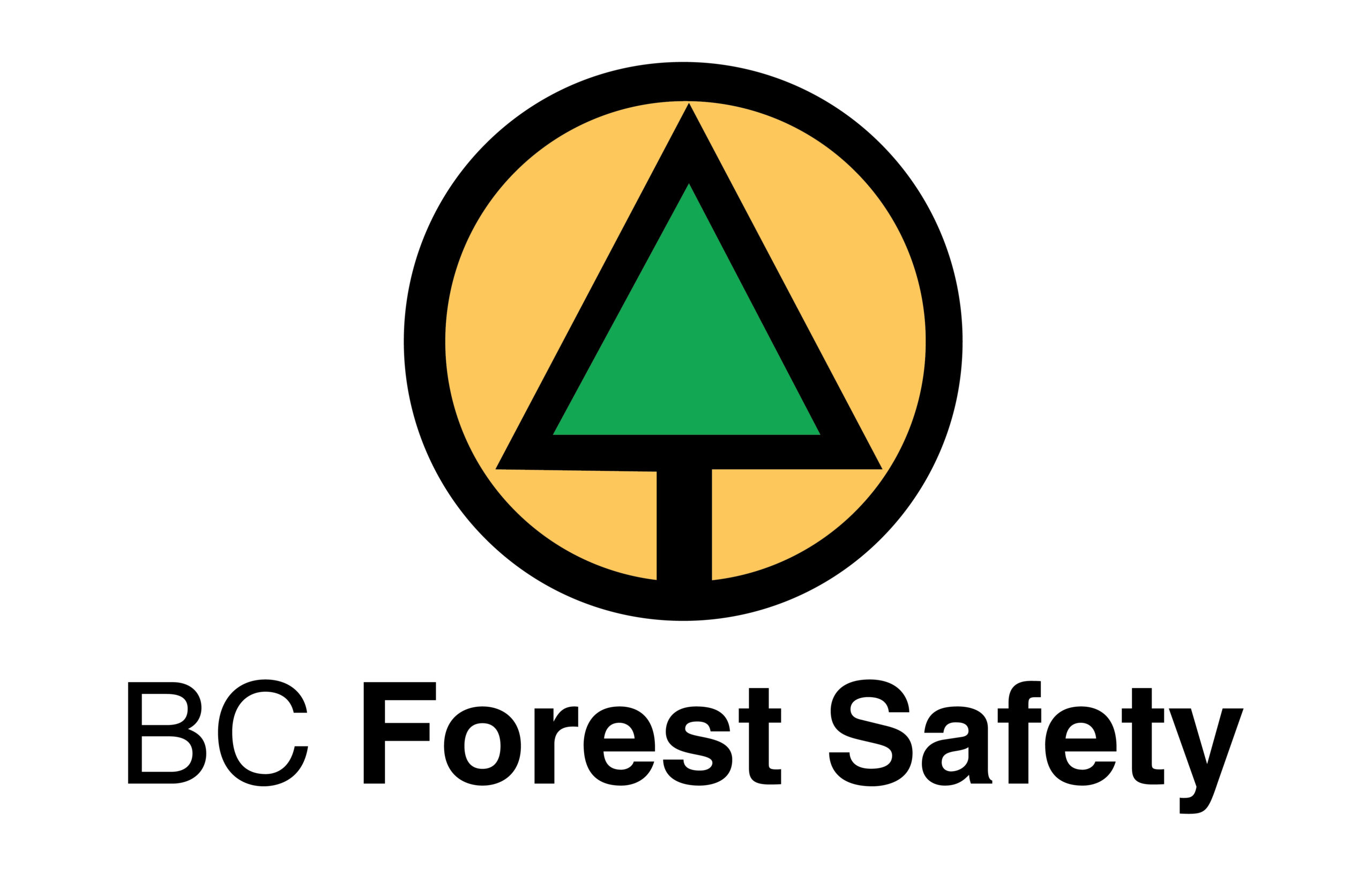 On January 7, 2022, the provincial health officer announced an order requiring employers to reinstate those site specific, prescriptive COVID-19 safety plans to address the elevated risk currently facing us with the Omicron variant. While communicable disease prevention plans and COVID-19 Safety Plans share some of the same fundamental principles, COVID-19 Safety Plans are formal, written plans with more rigorous controls and are more appropriate for periods of elevated risk. The COVID-19 safety plan will supersede the basic principles of communicable disease prevention during this period of elevated risk by incorporating more specific protocols for preventing COVID-19 transmission. These may include occupancy limits, physical distancing, and barriers.
On January 7, 2022, the provincial health officer announced an order requiring employers to reinstate those site specific, prescriptive COVID-19 safety plans to address the elevated risk currently facing us with the Omicron variant. While communicable disease prevention plans and COVID-19 Safety Plans share some of the same fundamental principles, COVID-19 Safety Plans are formal, written plans with more rigorous controls and are more appropriate for periods of elevated risk. The COVID-19 safety plan will supersede the basic principles of communicable disease prevention during this period of elevated risk by incorporating more specific protocols for preventing COVID-19 transmission. These may include occupancy limits, physical distancing, and barriers. Some people have claimed weather disasters in Canada this year — from floods the forest fires — have been caused by climate change. Getting climate change insurance could be forced on Canadian homeowners, says a federal report. “We welcome and support the core findings,” Emergency Preparedness Minister Bill Blair said in a Thursday statement. Blacklock’s Reporter said the report by the Council of Canadian Academies complained too few property owners at risk of flooding have private insurance. Canadian insurers first sold overland flood coverage in 2015. Some people have claimed weather disasters in Canada this year — from floods the forest fires — have been caused by climate change. “Canada is an outlier among many advanced economies offering some form of nationalized flood insurance,” said the report. The report questioned payment of federal disaster relief to homeowners who live on flood plains and cannot or will not pay for private insurance.
Some people have claimed weather disasters in Canada this year — from floods the forest fires — have been caused by climate change. Getting climate change insurance could be forced on Canadian homeowners, says a federal report. “We welcome and support the core findings,” Emergency Preparedness Minister Bill Blair said in a Thursday statement. Blacklock’s Reporter said the report by the Council of Canadian Academies complained too few property owners at risk of flooding have private insurance. Canadian insurers first sold overland flood coverage in 2015. Some people have claimed weather disasters in Canada this year — from floods the forest fires — have been caused by climate change. “Canada is an outlier among many advanced economies offering some form of nationalized flood insurance,” said the report. The report questioned payment of federal disaster relief to homeowners who live on flood plains and cannot or will not pay for private insurance.